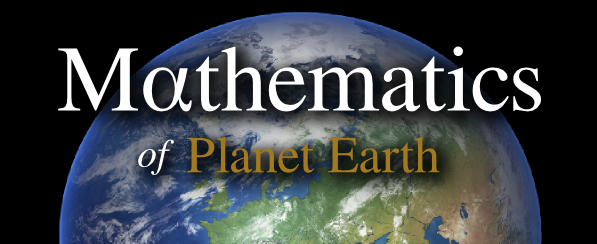Authors: Tsz Yan Leung (PhD Student Maths of Planet Earth, Reading), Sebastian Reich and Theodore G. Shepherd.
Published on 27 August 2020 in the Journal of the Atmospheric Sciences under Early Online Release.
Abstract:
Global numerical weather prediction (NWP) models have begun to resolve the mesoscale k^(-5/3) range of the energy spectrum, which is known to impose an inherently finite range of deterministic predictability per se as errors develop more rapidly on these scales than on the larger scales. However, the dynamics of these errors under the influence of the synoptic-scale k^(-3) range is little studied. Within a perfect-model context, the present work examines the error growth behavior under such a hybrid spectrum in Lorenz’s original model of 1969, and in a series of identical-twin perturbation experiments using an idealized two-dimensional barotropic turbulence model at a range of resolutions. With the typical resolution of today’s global NWP ensembles, error growth remains largely uniform across scales. The theoretically expected fast error growth characteristic of a k^(-5/3) spectrum is seen to be largely suppressed in the first decade of the mesoscale range by the synoptic-scale k^(-3) range. However, it emerges once models become fully able to resolve features on something like a 20-kilometer scale, which corresponds to a grid resolution on the order of a few kilometers.






